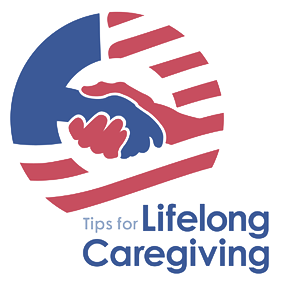Social Security
Programs for Wounded Warriors
Eligible servicemembers and veterans (see SSDI table) can apply to collect Social Security Disability Insurance (SSDI) and/or Supplemental Security Income (SSI) if they are unable to perform “substantial gainful activity” for pay or profit because of a mental or physical disability that is expected to last at least 12 months or result in death. Servicemembers still might receive military pay and qualify for SSDI, which is based on the inability to work, not how much pay is received.
SSI is available to the aged, blind, and disabled who have very limited income and assets and regardless of SSDI eligibility. Military pay and SSDI might make wounded warriors ineligible for SSI.
Servicemembers and veterans who became disabled while active duty on or after Oct. 1, 2001, receive expedited processing when applying for Social Security benefits. Notify the Social Security Administration of military status when applying.
Find out why the veteran’s application for benefits was denied and provide supporting information in an appeal. It is important to appeal within 60 days of the denial. Delaying more than 60 days could mean lost benefits once approved for disability benefits.
If the veteran for whom you care did not work long enough to earn the minimum required credits or did not work recently enough, he or she might not be eligible to collect SSDI.
The eligibility for SSDI is determined by the age when the disability began and the qualifying work history, which includes both military and civilian work where Social Security taxes were paid (see SSDI table).
Qualifying domestic work, farm work, and working for a church also might count toward eligibility to receive Social Security benefits. Contact the Social Security Administration to have this work credited.
SSI is for those age 65 or older, blind people, or disabled people with very limited income and assets. Military medical retirement and/or VA disability payments are likely to disqualify a recipient for SSI.
Upon reaching full retirement age (FRA), which is based on year of birth (see above retirement table), Social Security disability payments will change to Social Security retirement payments as Social Security no longer considers the veteran for whom you care as a disabled person but instead as a retired person.
The Ticket to Work program is a voluntary program that provides services and support needed to return to work. Call Ticket to Work at (866) 968-7842 or visit https://www.ssa.gov/work/ for more information.
If the veteran for whom you care has returned to work, it is very important for him or her to do two things immediately.
First, tell the Social Security Administration about returning to work. It will determine the requirements for a trial work period and determine when to end SSDI payments.
Second, apply for a “disability freeze,” which covers a period of low and no earnings because of a disability. This protects the veteran’s retirement and survivor benefits from being eroded by low and no income because of disability.
Retirement benefits are figured by averaging the work history of the highest 35 years of earning income on which Social Security tax was paid. If there are not 35 years of qualified work history, a zero will be entered for any year in which there were no earnings on which Social Security tax was paid. A lower average will result in a lower retirement benefit.
Any qualifying periods of a disability freeze are not counted against the work history. A qualifying period is a period where disability payments were received without substantial outside income. Additional considerations are allowed for the working blind.
What other types of disability insurance besides SSDI are available?
If an illness or injury prevents a servicemember from working, disability insurance may provide you with an income.
|
PLAN |
DESCRIPTION |
EMPLOYER |
|
|
INDIVIDUAL |
|
|
MILITARY |
|
ABOUT PREMIUMS |
|
|
Disability income insurance plan benefits affect premiums. |
|
|
LENGTH OF COVERAGE |
|
|
GUARANTEED RENEWABLE |
|
|
NONCANCELABLE |
|
|
EXTRA FEATURES |
|
|
OCCUPATION |
|
|
TO LOWER PREMIUM COSTS |
|
|
|


